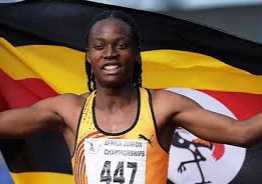
Agathe Meyer
Zim Now Writer
The impact of regulations on the lives of many racialised athletes has been disrupted or even destroyed by hyperandrogenism regulations, but above all by their collateral effects.
Looking at the wider picture, many of these athletes’ stories have been impacted, sometimes very violently, by international sports organisations. While hyperandrogenism can affect all women, African and Asian athletes are singled out for discrimination.
Annet Negesa, a runner for Uganda, was tested for hyperandrogenism in 2012. Her federation insisted that she take a treatment to lower her levels in order to compete, and also urged her to undergo surgery.
To understand this, we need to go back to one of the articles written by IAAF scientists recording the cases of four young athletes who should undergo surgery to reduce their levels. A gonadectomy and a clitoridectomy are proposed... which have no effect on testosterone levels.
It’s all about the physique, not the health of fit athletes.
“In hospital, I didn’t know what he had done to me”, said Annet, and when I found out, I cried’.
The federation simply told her to lie and say she had injured herself, and didn’t tell her she would need hormone treatment for the rest of her life. Annet then lost her sporting ability and her career, and now risks her life if she returns to Uganda.
In addition to the total lack of informed consent to perform the procedure, the IAAF strongly denies having recommended such a thing.
The treatment of women born this way is dehumanising. That is where the problem lies: the medical needs of the athletes get in the way of the federations’ competition rules. There is no medical justification for these interventions.
Unclear testing and discrimination
According to a report published by the NGO Human Rights Watch in 2020, the international sports federation improperly conducts “femininity tests” on sportswomen from developing countries. The tests were based on arbitrary definitions of femininity, including racial stereotypes.
The athletes interviewed for this report explain that they were not informed of the reasons why they had to undergo the tests, the results of which were rarely communicated to them.
According to HRW, the reasons were arbitrary and often tinged with racism.
For example, runner Dutee Chand was reportedly subjected to a “femininity test” after her stride and musculature were deemed too masculine. In 2014, she took a stand against these practices by requesting arbitration from the Court of Arbitration for Sport.
According to her legal counsel, this is a violation of her human rights, the regulation would be contrary to the IAAF charter, and illegal. Rightly so, since the verdict handed down in 2015 announced the suspension of this regulation for lack of scientific evidence.
Related Stories
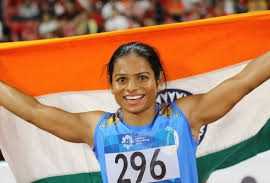
As a result, Dutee Chand is the first to claim that she can compete as she is. At the 2016 Olympic Games, this rule finally disappeared.
According to the report, the system put in place by the international sports federation encourages discrimination and forces some women to undergo medical interventions. Human Rights Watch is calling on the IAAF to abandon the practice of these tests. The NGO also wants the IOC to recognize that the federation applies racial prejudice, and to prohibit the resulting forced medical interventions.
Unfair hierarchisation against a backdrop of racism.
In 2018, the IAAF got the ball rolling again. By publishing new rules for women with Difference in Sexual Development. According to the organisation’s president, this would involve “finding common ground by asking them to reduce their testosterone levels” to “establish equal opportunities”.
But isn’t this criterion unfair? A very wide range of characteristics alters this equality of opportunity between female competitors.
The IAAF: arbitrary decision-makers
In 2018, following this new IAAF rule, Semenya in turn took her case to CAS, deeming it “discriminatory and unjustifiable”.
The organisation is accused of violating principles of scientific integrity and publishing erroneous data in its study on hyperandrogenism. The two are linked: if integrity is not respected, the results are often biased.
The athlete loses the case but joins forces to fight for others. “It would be easier for me to say that these organisations only make sense for European and American women. Racialised women are targeted more on their status as biological women, and that is an insult.”
Kenyan runner, Évangéline Makema was deselected in 2019 because her testosterone levels were too high, as established by her federation’s doctor.
Loss of career and income, social isolation: her story shows the flaws in this sporting system, and the impact of these DSD regulations on athletes’ lives.
These regulations are created by the IAAF, but the organisation controls neither the national federations nor their operations.
In Geneva at the Human Rights Centre, a new decision was taken for Semenya. The IAAF has
declared that it does not depend on human rights organizations: but how is that even conceivable?
In 2019, the United Nations finally condemns the reduction of testosterone in these athletes, and the DSD regulation.
Thanks to activism, in 2021 the IOC publishes its framework on equity, inclusion and non- discrimination on the basis of gender identity and intersex. Federations still decide who is eligible to compete. In the same year, Semenya takes her case to the European Court of
Human Rights to put an end to violations of the rights of female athletes perpetrated by the IAAF.
For these 2024 Olympic Games, Caster Semenya and a number of other athletes were unable to compete.


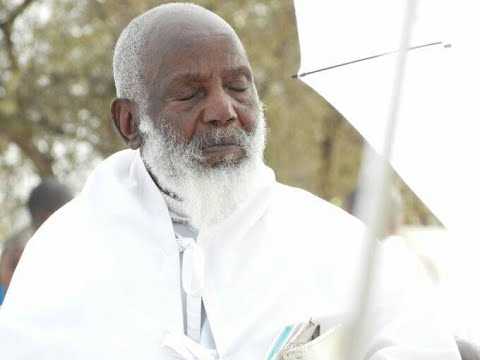

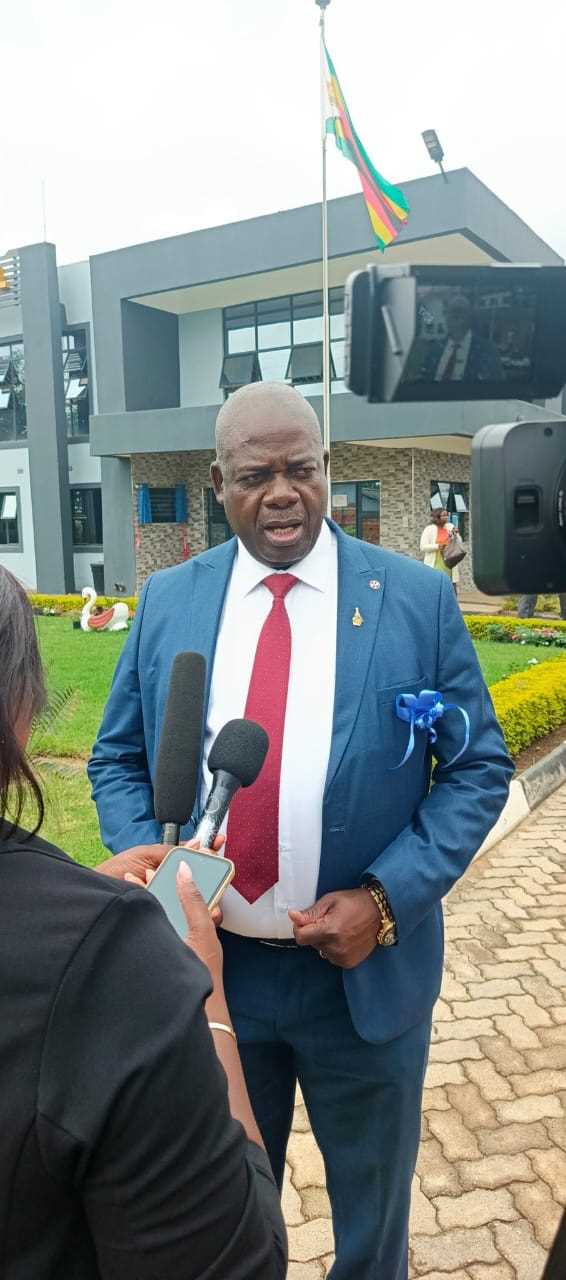





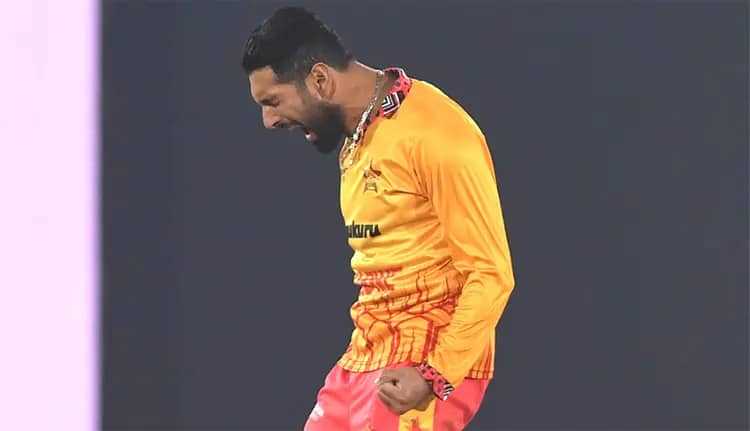

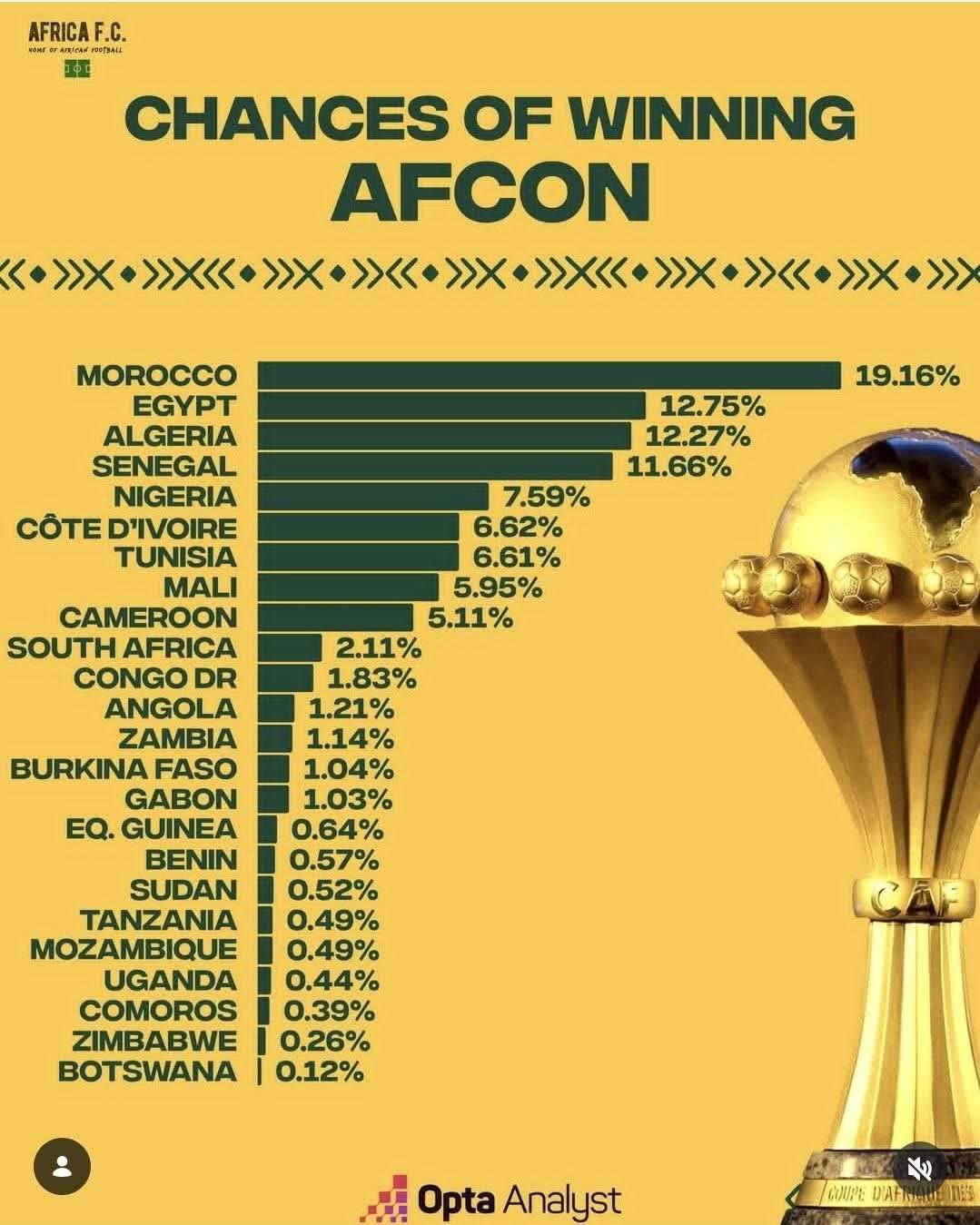

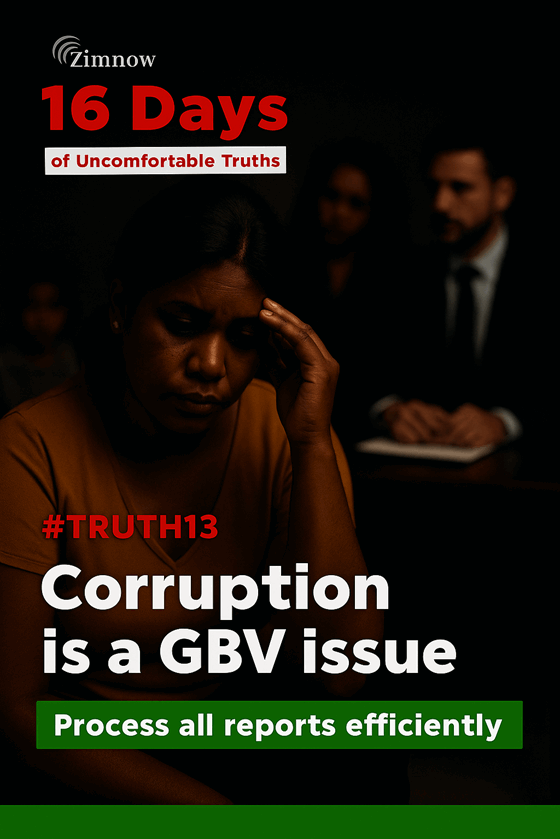
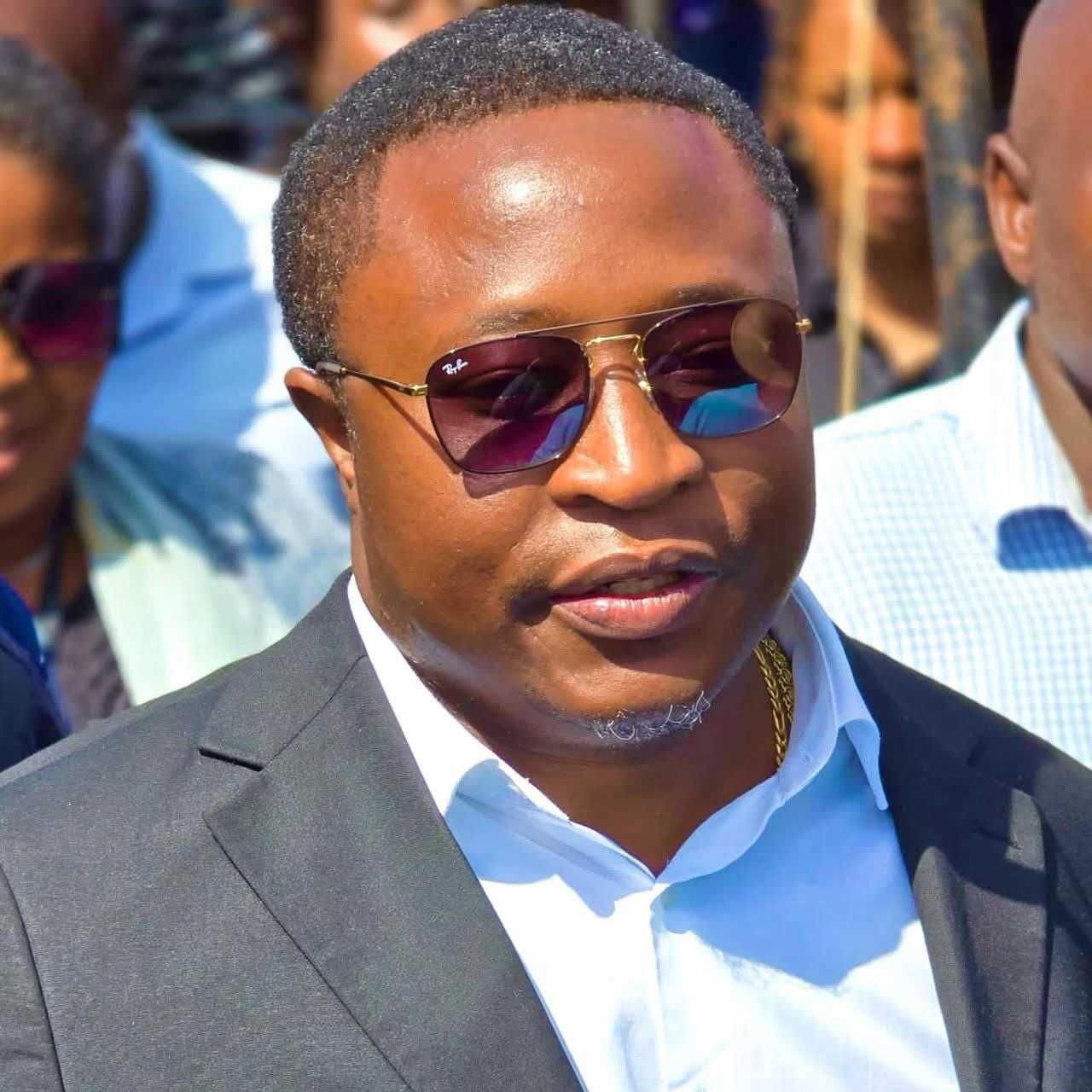


Leave Comments